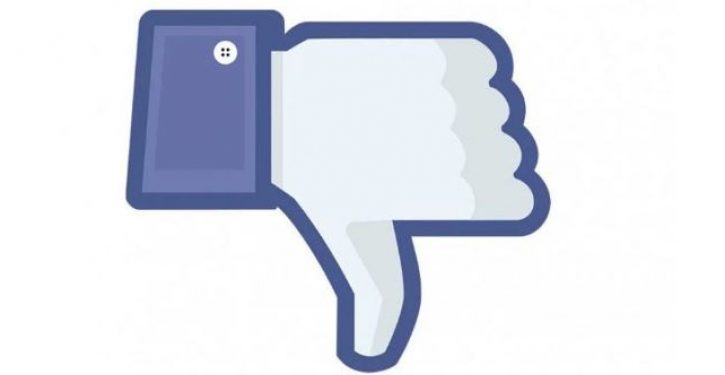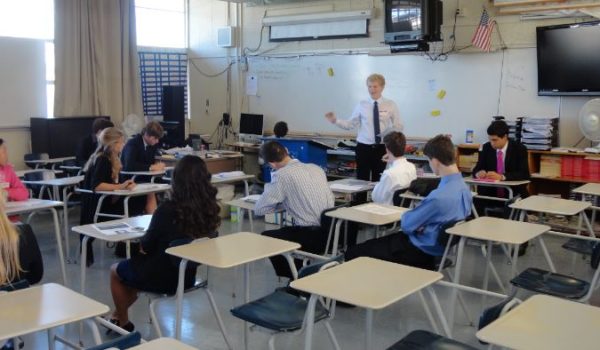
Pretending that there is only one point of view aborts even the possibility of analysis. For that, all you need is an original prejudice and a sufficiently narrow mind. – Martin Gurri
In Missouri vs. Biden, Louisiana federal judge Terry Doughty issued a preliminary injunction against nine governmental agencies and 39 individuals working for them. Social media platforms (SMPs) and other private entities are not defendants in the case and thus were not enjoined, despite the key roles they played in censoring clearly protected speech.
The federal agencies enjoined are the Departments of State, Justice, Homeland Security and Health and Human Services, the Centers for Disease Control, the National Institute of Allergy and Infectious Diseases, the Federal Bureau of Investigation, the Census Bureau and the Cybersecurity and Infrastructure Security Agency (CISA).
Among the individuals enjoined are Dr. Anthony Fauci, the Surgeon General (Vivek K. Murthy), DHS Secretary Alejandro Mayorkas and Secretary of the DHHS, Xavier Becerra.
As I said in my previous piece, these defendants proceeded for years as if the First Amendment’s right of free speech simply didn’t exist. They seem to have thought they had the power to decide what Americans could say and hear, and acted accordingly, contacting SMPs with a “request” to censor or “demote” messages they considered uncongenial to progressive/Democratic Party points of view.
Between the lines of their countless communications with SMPs appears the arrogation of power on the part of those various governmental actors that seems instinctual. Something has to explain the obviously unconstitutional actions taken by perfectly intelligent and well-educated people, and I believe this is it: the very act of wielding power encourages its expansion by the user.
So the censors didn’t confine their activities to speech that was factually false or morally repugnant, even though that too is usually protected. No, they also censored speech that was factually correct or at least within the realm of fair debate and that would have contributed to a healthy public discourse. About 99% of it was uttered by Americans (p.86). The Hunter Biden laptop story was true, but taken down. When the Wyoming Department of Health complained that Facebook was censoring “valid public health messages,” it was ignored (p.42). A tweet saying that “mail-in voting is insecure,” was deemed too much for the public to see by White House censors (p.74).
So was speech that everyone else could see was a standard form of peaceful protest. When Jill Hines and her organization, Health Freedom Louisiana held a rally to protest mask and vaccine mandates, it was called “organized outrage” by the Virality Project at Stanford’s Internet Observatory, one of the go-to organizations for White House censors (pp.19, 85). Would today’s censors have deemed the civil rights protests of the 60s “organized outrage” too? Would they have taken down any reference to it?
The censors were quite consistent in the material they decided shouldn’t see the light of day. Conservative speech and that which questioned Biden Administration policies was targeted regardless of how correct, accurate or protected (p.94), while progressive or Democratic speech, regardless of how dubious, was not. Surgeon General Vivek K. Murthy was routinely in contact with the Democratic National Committee (p.37). Why?
Let us be entirely clear. In addition to banning protected speech generally, what Judge Doughty describes is the use of the power of governmental agencies using taxpayer funds for political attacks on Republicans, conservative thought and anything that criticized the current administration. By any standard, that is actually an outrage.
In seemingly every communication they had with SMPs, governmental actors described the speech they targeted as “misinformation.” Doubtless some of it was, but much wasn’t (see, e.g., the Great Barrington Declaration) and, in the process they inevitably ended up promoting their own misinformation. That the Hunter Biden laptop story was Russian disinformation, the lab-leak theory of the origin of COVID was a tinfoil hat conspiracy, masks and lockdowns were needed to stop the spread of COVID and children had to spend years out of school for their own good are just a few of the obvious examples of anti-misinformation warriors promoting their own, often hugely destructive, misinformation.
Now, the lynchpin of the plaintiffs’ lawsuit is the extent to which governmental actors involved themselves in the decision-making of private entities, mostly SMPs. Supreme Court precedent describes what type of involvement must be demonstrated by a plaintiff to impose civil liability on governmental agencies for the conduct of private concerns. Judge Doughty summarized that involvement thus (p. 86):
The State (i.e., the Government) can be held responsible for a private decision only when it has exercised coercive power or has provided such “significant encouragement,” either overt or covert, that the choice must be deemed to be that of the State.
He then found that (p.94),
If there were ever a case where the “significant encouragement” theory should apply, this is it.
Indeed, reading his memorandum’s 86 pages of facts, it’s hard not to conclude that the governmental actors engaged in both significant encouragement and actual coercion of SMPs and that the SMPs responded as desired.
For example, on several occasions, White House agents and others strongly suggested that, if their “requests” for censorship by SMPs weren’t met, they could be targeted (presumably by the Biden Justice Department) for anti-trust violations (p.22). Plus, the specter of amending Section 230 of the Communications Decency Act was raised more than once (p.26). Section 230 grants broad powers to SMPs to limit or deny the publication of material that “the provider or user considers to be obscene, lewd, lascivious, filthy, excessively violent, harassing, or otherwise objectionable.” That last of course can mean pretty much anything. Removing or limiting that verbiage could immediately open SMPs up to a hitherto unknown world of civil liability.
Coercion? That’s what it looks like to me.
Moreover, Judge Doughty listed 22 separate instances of undue influence just by the White House (pp.97-99), instances, he said, that were “just a few examples of the unrelenting pressure” placed on SMPs. Other governmental entities exerted their own power. For example, SMPs took down 50% of the material the FBI asked them to (p.65).
Unsurprisingly, those SMPs responded as government wanted. Their groveling apologies for not better doing the government’s bidding make for cringe-worthy reading. Again and again they beg for a partnership with government (p.15) in censoring speech and suggest ever more draconian ways with which they can better satisfy their overlords (p.37). One Facebook liaison admitted that “I expect you to hold me accountable” if his company’s responses to federal “requests” weren’t more to the fed’s liking (p.14). Indeed they would have. YouTube, to White House applause, censored 70% of “borderline content.” (p.20)
This all comes within the context of years of weekly meetings between government and SMP officials, with phone calls, text and Slack messages and emails darting back and forth daily.
Does all that amount to “significant encouragement?” It looks like it to the judge who heard the evidence and I agree.
The end of this case is a long way off. The defendants will appeal the issuance of the preliminary injunction the scope of which will, I suspect, be reduced. Then it’s back to the trial court for more discovery and, perhaps, trial. That will all be interesting to follow, but for now we know vital and damning facts about government’s behavior and its use of private concerns as its cat’s paw. And that behavior is all about violating the right of free speech to keep Americans from speaking and hearing information that might have challenged the use of governmental power, i.e., exactly what the First Amendment was designed to protect.


